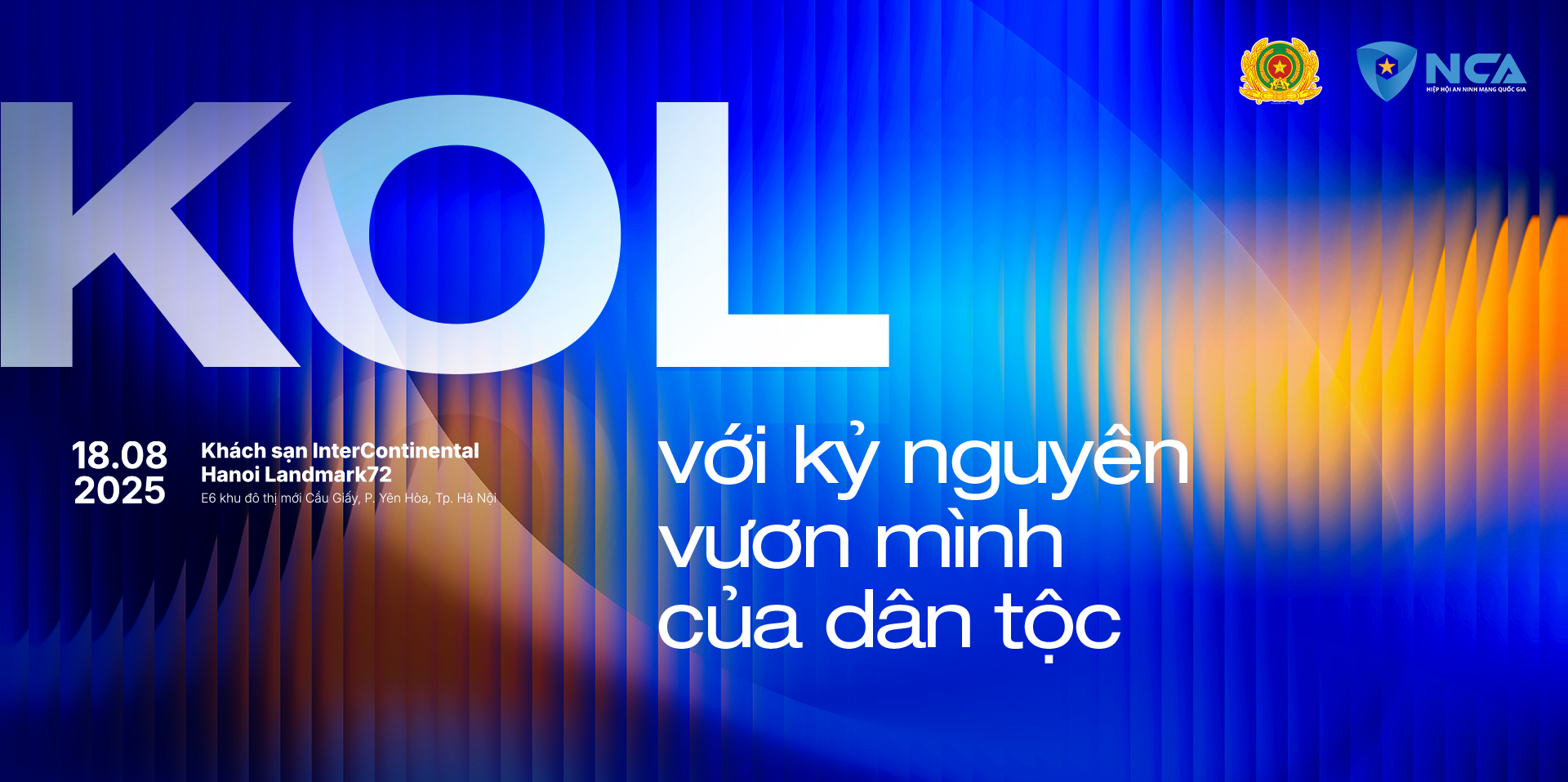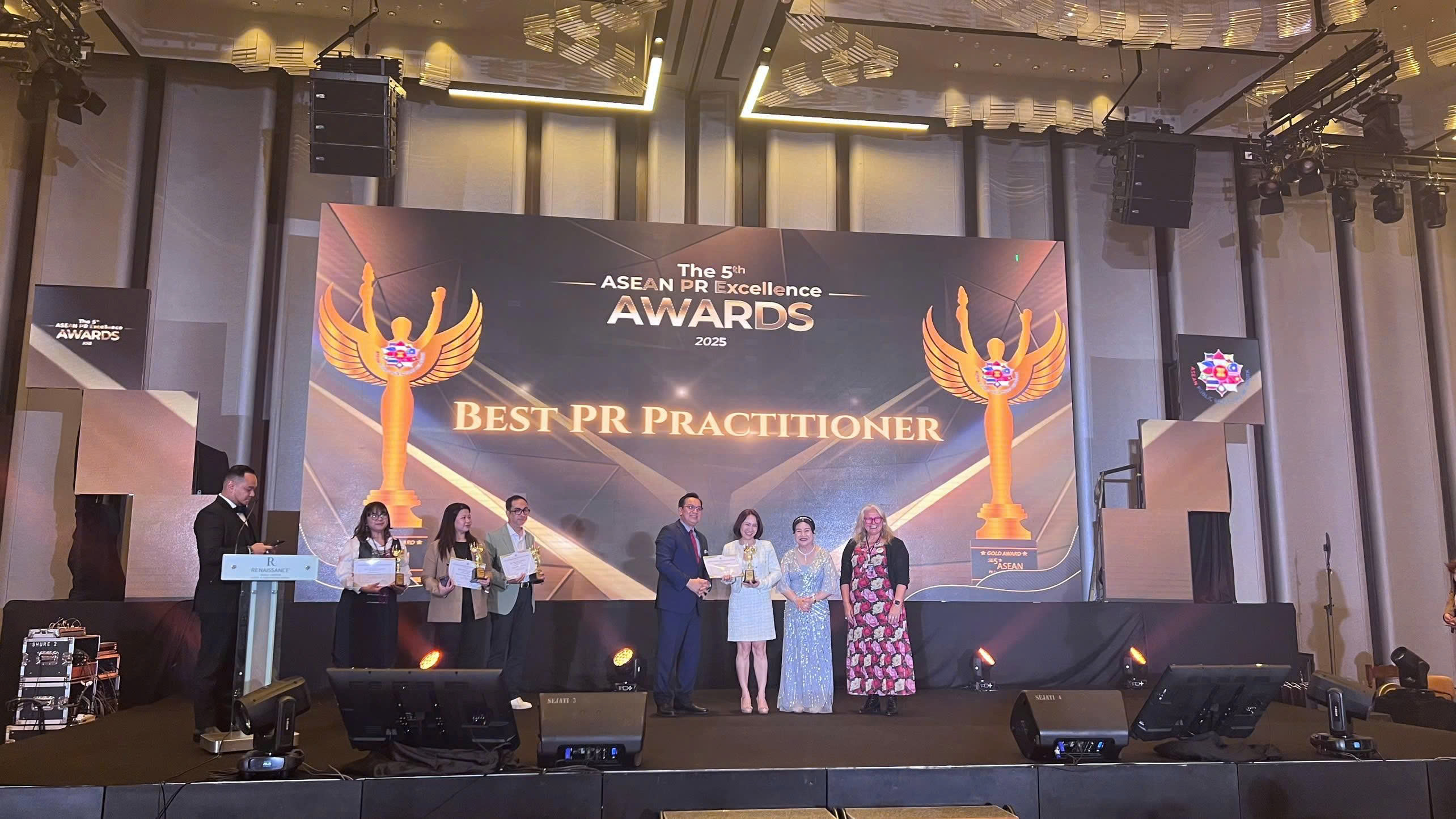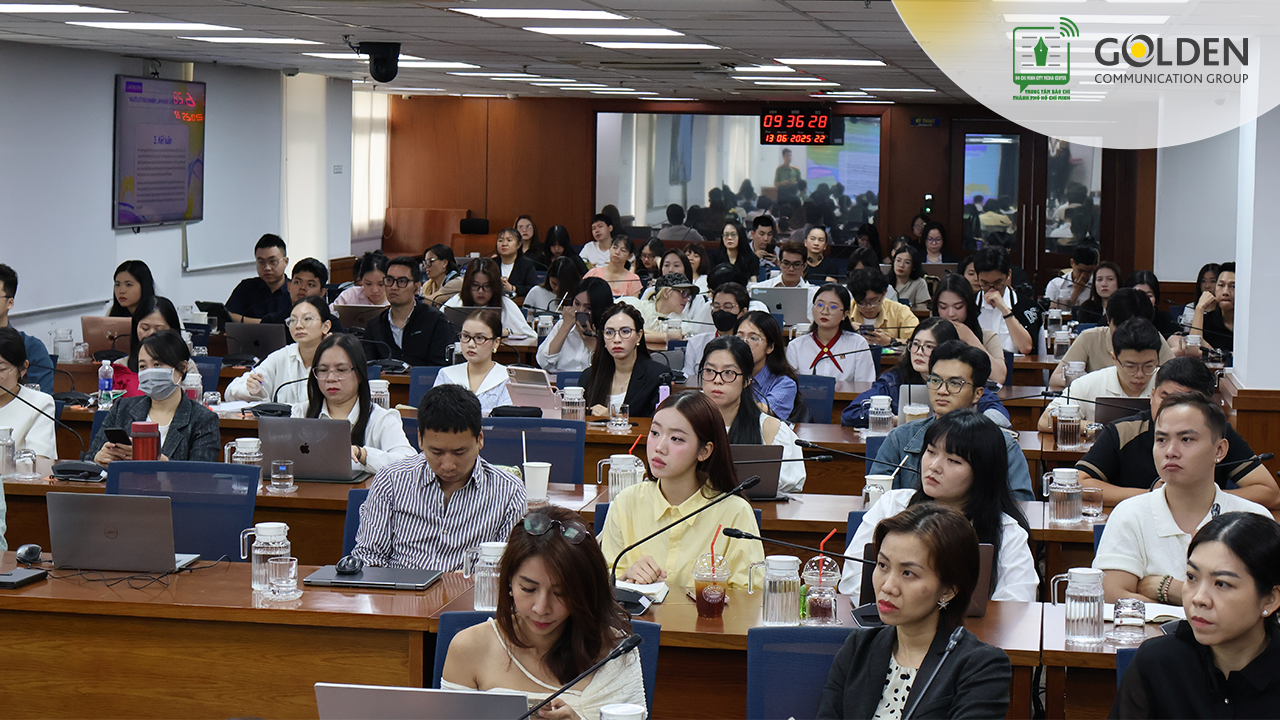How PepsiCo builds an influencer-marketing funnel
- share
- copy link
PepsiCo, the food and beverage giant, is tapping influencers to help reach consumers at different phases of the purchase journey.
- Influencer marketing is increasingly important for PepsiCo as digital plays a growing strategic role for its brands.
- Cheetos has used influencers to promote pop-up marketing activations, and found this to be a highly impactful strategy.
- Brand advocates play an essential role in organically promoting PepsiCo’s products, and defending them for criticism.
The role of influencer marketing at PepsiCo is in constant motion, according to Chris Bellinger, the company’s vp/creative and digital.
“As we move our consumers through the funnel of ‘potential consumer’ to ‘buyer’ to ‘fan’ to ‘advocate,’” he told delegates at the Association of National Advertisers’ (ANA) first-annual Influencer Marketing conference, “we have to talk to them in different ways and we have to reach them in different touchpoints.
“Each piece of creative – each message – has to evolve and has to change.”
And influencers have a vital role to play in this process. “We’re shifting more and more dollars into the digital-influencer space,” Bellinger said. In fact, he added, “We are viewing ‘digital’ and ‘influencer’” as almost synonymous with each other.

Chris Bellinger, VP of Creative and Digital, PepsiCo
“We have some brands that are 100% digital,” he continued. “And, within that space, we have a very high influencer-marketing rate.”
The precise influencer strategy for each brand rests on various considerations:
- Evaluating the role of influencers
- Embracing brand advocates
- Blending physical and digital
- Pursuing nuanced measurement
EVALUATING THE ROLE OF INFLUENCERS
“We evaluate influencers. There are multiple ways of how to use them, and how to evaluate when you want to engage them from,” Bellinger said in describing a core element of PepsiCo’s strategy.
As part of this process, his team pays close attention to two broad-based guidelines:
- “Know your role and know your consumer”: “A lot of brands try to force fit themselves into certain areas where they should not play ... That’s something we’re very cognizant of. We want to make sure that we are deliberate, that we know our role,” he said.
With some 30 brands and more than 1,100 products, “our biggest challenge is staying continually relevant with our audience and finding out our brands’ role. We then double down where we need to.”
To ensure that it recruits the right voices, PepsiCo “pressure tests” its influencers. As Bellinger told the New York audience, “We don’t want to force an influencer to be inauthentic to who they are.”
- “See the world through your consumers' eyes”: “We always start from the consumer first and then work our way backwards,” he continued.
“And a lot of that is learning how to feed the beast within pop culture. Sometimes you can drive that narrative, and sometimes you have to ride that narrative.”
By listening, he proposed, “we’re really tapping into the consumers and understanding their passion points.” When armed with that knowledge, “we simply tap into that understanding, and determine who – and where – we want to do that.”
The rich roster of voices come to PepsiCo in one of two ways: by invitation into the brand experience, and by taking the brand to audience pockets.
By inviting influencers inside its brands, Bellinger explained, “whether it’s an offline experience, a brand experience, or a program, we bring our influencers into our environment, and really let them shape where it goes.”
A case in point: Frito-Lay invited singer/songwriter Bebe Rexha to explain to her followers the odd similarity between creating music and developing new snack flavors.
Bellinger recalled, “We brought her in and said, ‘We have this opportunity with these three new products, but we don’t know how they really match up. Do you want to have some influence on them, and actually determine what the flavors are going to be?”
And the clincher: Once she’d sampled the chips, PepsiCo asked Rexha to “sync the flavors up with original music that we wanted her to write.

Watch full video here
“We truly used her as an influencer within the music space to help dictate where the campaign went,” the PepsiCo marketer told the ANA assembly. “We obviously had all the supporting content for her posts and everything else that came with them.”
EMBRACING BRAND ADVOCATES
Brand advocates play an important organic role for PepsiCo’s brand. “They’re defending you online. So, if someone is talking shit about you, they actually jump in and say, ‘No, we love this brand for this, this, and this.’”
To measure the power of that endorsement, Bellinger cited a Deloitte study that cited a six-fold increase in purchasing power generated through advocacy as opposed to general-awareness range.
“Getting into that advocacy bucket,” he continued is, far more valuable than just the normal shotgun advertising approach.
BLENDING PHYSICAL AND DIGITAL
To bring a brand to new audiences of influencers, PepsiCo tapped into the brand enthusiasm already in place for its Cheetos snack brand.
“Cheetos has some insane fans. There’s no other way to put it. Their people are crazy,” said Bellinger.
And their passion spills out in unusual ways, such as using the product as an ingredient in their own meals. Imagine, for instance, mac and cheese … and Cheetos…

Recruiting spiky-haired celebrity chef Ann Burrell, the Spotted Cheetah restaurant had a three-day run in Manhattan’s Tribeca neighbourhood in 2017, and provided Cheeto-infused offerings priced between $8 and $22.
Said Bellinger, “Our chef was an influencer in the space of food and culture, and we brought her into our world and basically gave her free reign on creating a menu.”

Watch full video here
The restaurant was completely booked within an hour. And the brand even used this venue to launch a new “Flamin’ Hot” product, complete with influencer support. “We invited in a ton of influencers to talk about and review the restaurant the same way you would do as a national restaurant,” Bellinger said.
Next up: Fashion Week 2019 in New York, with PepsiCo scouring the internet to find influencers who were Cheetos fans and also had a voice in the styling space. Said Bellinger, “Leading up to the actual event, we did partner with a series of beauty and makeup influencers to help curate new looks” for a Cheeto-style bar.
“And we don’t limit to influencing to simply an event,” Bellinger said, “so we did a lot of real-time engagement with influencers” who were not just inspired by the Cheetos style but by a performance from Saweetie, the rapper/budding style icon.
As Bellinger told his ANA audience, “That’s how we approach diving into consumers’ and influencers’ worlds. But the idea of culture within this is really multifaceted. So, you have to be very careful; you have to place yourself where you can actually be relevant but [not] lose control.”
PURSUING NUANCED MEASUREMENT
To determine the power of influencers, Bellinger proposed a simple program: “Measurement is about giving the right people the right message and [analysing] how they drive your business.
“We do have a variety of different KPIs and ROI metrics, including quantitative engagement and reach. These are kind of the standard baselines – how much [traction] you have from an organic standpoint, the share rate, clickthrough rates.
“Share of voice is probably one of our number-one KPIs,” he noted, “but we also have the qualitative measures, where we really are trying to use social listening and AI learning to understand the sentiment and the intention behind the comments.
“We’re making sure that our people understand the positive intent behind comments. Or, if we have a negative one, then we want to pivot on that. If somebody has a comment that we don’t agree with, it’s something we then use and build on for the future.”
---
Stella is of the belief that Influencer Marketing is having a big impact on the growth of brands globally, assembling brand awareness and product benefits closer to consumers in the most efficient way. Influencer Marketing has surfaced in Vietnam for 3 years and has become an inevitable trend since then. Having been present from the very first moments of the emergence of Influencer Marketing at Vietnam market and currently growing with other top brands in Vietnam and the world, Stella is confident that we possess a huge potential, a wide range of expertise and network with influencers that could secure the success of the campaign.
- Influencer Marketing is not just about building a platform for easy influencers booking.
- Influencer Marketing is not just about creating content on influencers’ channels.
- Influencer Marketing is also not just about having a relationship with influencers.
Influencer is the vital key to furnish consumers with detailed product and brand images, fostering trust and affection for the brands and products, as well as encouraging purchasing and brand loyalty via influencers' voices
More detail here.

.jpg)


.png)
